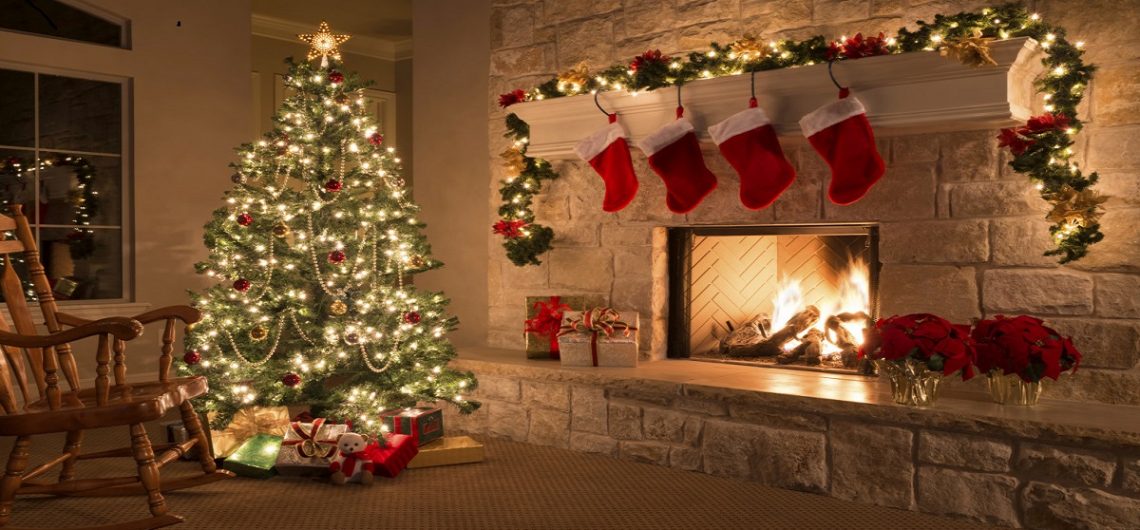Just a thought about New Year awakens positive emotions, love, and nostalgia about traditions. So, what about telling you about all the funny, interesting and yummy traditions of Georgian New Year? Here we go:
Our secret of happiness
Not a single hint or a whole load of hints can give you an idea of what you are going to find under this topic. We know you are definitely very interested in what Our Secret of Happiness is. We won’t be long until you get the answer. What would happen if you could experience TWO in a row? Yes, we are talking about 2 New Years in 1 Year. January 1st is one of them of course, and just after two weeks, when you are still in the mood of New Year and want to celebrate we have Old New Year (January 14th). According to the Julian calendar, the true New Year falls on this date. We, Georgians, are not alone in this celebration and believe us (who have experienced New/Old New Year’s) this really is a true happiness – having more time and opportunity to share the sincere and warm emotions with your family and friends – surely loads you with the positive energy that will last you until the next New Year.(www.geo.tours.ge)
365 in just 1 day
Bedoba in Georgian means “a day of luck”. It is New Year’s second day (January 2nd) and is usually the continuation of the New Year’s feast. According to the old tradition, what happens on Bedoba, happens the whole next year, so cheerful mood is advised. Everybody tries to do their best and live their life as cheerful as they can. Negativity is prohibited. As we expect that Bedoba has an extended effect on the following 365 days, you can even smell the positivity in the air.
What new year tastes like?
What about the must-haves of New Year’s feast?
In Georgia, every food is a must-have. Our SUPRA has it all. A large table” furnished” with various, colorful and mouth-watering dishes is usually as beautiful as a decorated New Year’s tree. It is believed that you should greet the New Year with generosity, so this is what most of the Georgians do. Despite having such variety and a plenty of choice to decide on the list of “What should we cook on December 31st”, there are certain recipes we cannot ever avoid while getting ready for the New Year.(www.geo.tours.ge)
*Nut-lovers, this is your heaven.
- Satsivi – Turkey with walnut sauce. The thick sauce is a mix of walnuts, garlic, spices and herbs. It is the crown of the fest, one of the most delicious food you can try in Georgia. This dish is served chilled, as the name itself says: tsivi – cool/cold.
- Gozinaki– Caramelized walnuts, fried in boiled honey, sometimes with a sprinkle of pepper and few drops of vinegar, cooled and cut into rhombus shapes – this is the reason everybody waits until the midnight, because you cannot get a crunchy bite of this deliciousness before the New Year.
- Basila – Sweet, human shaped cake with raisins, a nearly forgotten custom, but a very interesting one. This tradition mostly comes from eastern Georgia and is a combination of pagan cult and Christian saint Basil. This sweet bread represented the idea of fertility together with the celebrated ritual.
Hazelnut tree
In addition to decorating the common New Year’s tree – the green one, we have our special festive décor called Chichilaki. Instead of sparkly toys with diverse designs, Chichilaki is mostly decorated with flowers and an assortment of fruits. This Christmas tree is made from dried walnut or hazelnut brunches. It is processed until it gets fluffy and curly shavings. Chichilaki is a tree of luck and is burnt (on the day before the Georgian Orthodox Epiphany, on January 19) as a symbol of leaving out the previous year’s troubles and misfortunes.
The main character of the new year
Mekvle is the first person to enter the house on New Year’s Day. Kvali means –footstep/trace in Georgian. It is believed that the upcoming year will pass according to the fortune, joy and luck that Mekvle brings. When entering the house, Mekvle says following words that are rhymed in Georgian: “I set my foot here – may the God bless you, my step – is a footprint of an angel…” – which is accompanied by throwing the sweets, nuts and fruit in every corner of the room. Mekvle should be an exceptional person so most of the time the arrangements are made beforehand. Hosting a Mekvle used to be a whole ceremony and still continues to be. To understand the details of this ritual we recommend you watching a short film called “Kuchkhi Bednieri”, which explains everything about this tradition.(www.geo.tours.ge)


Comments